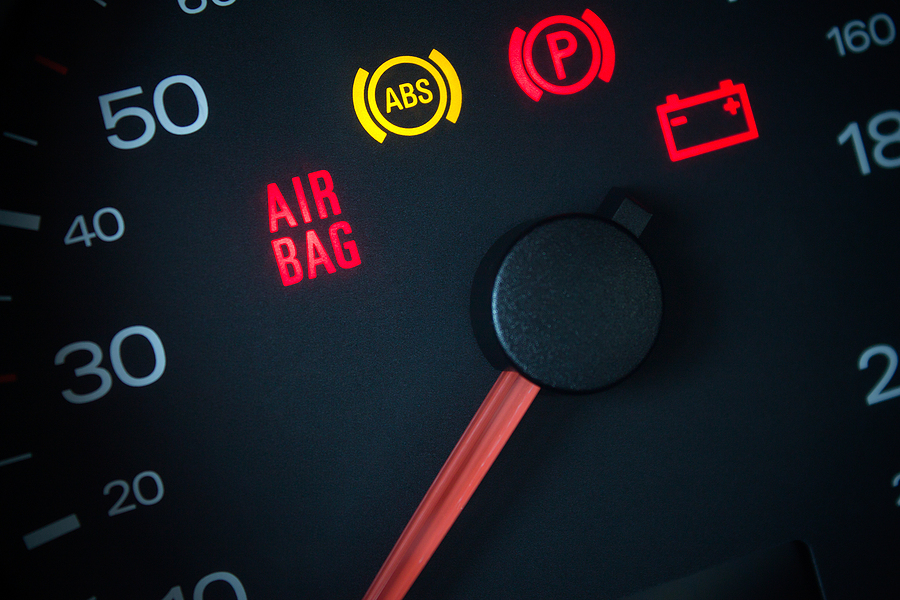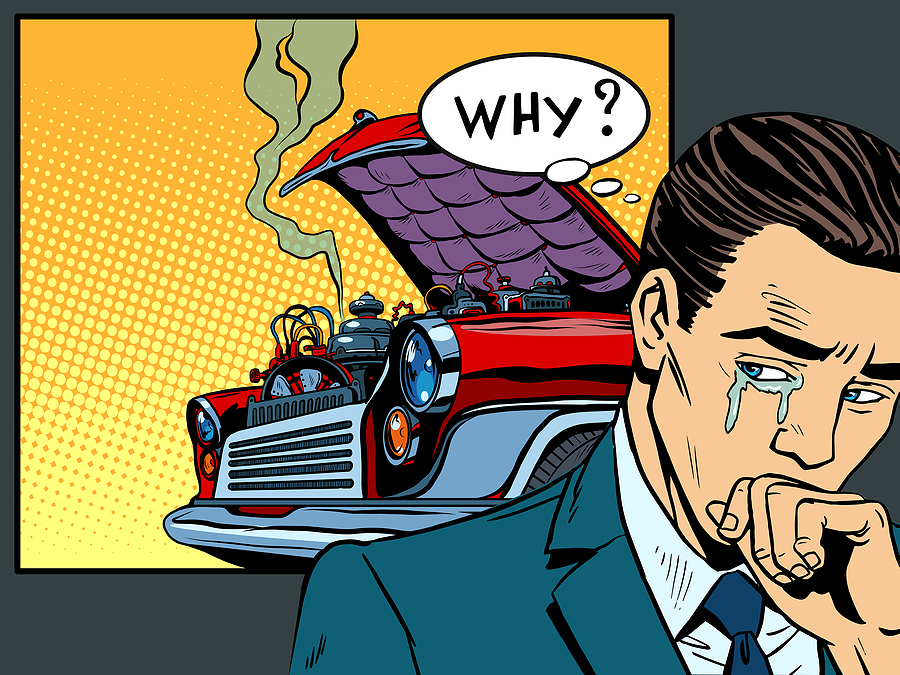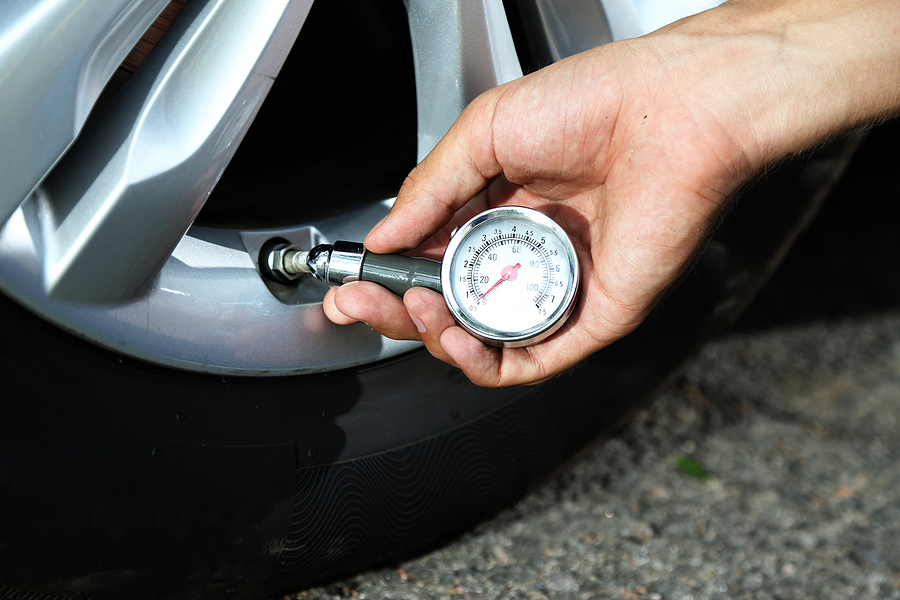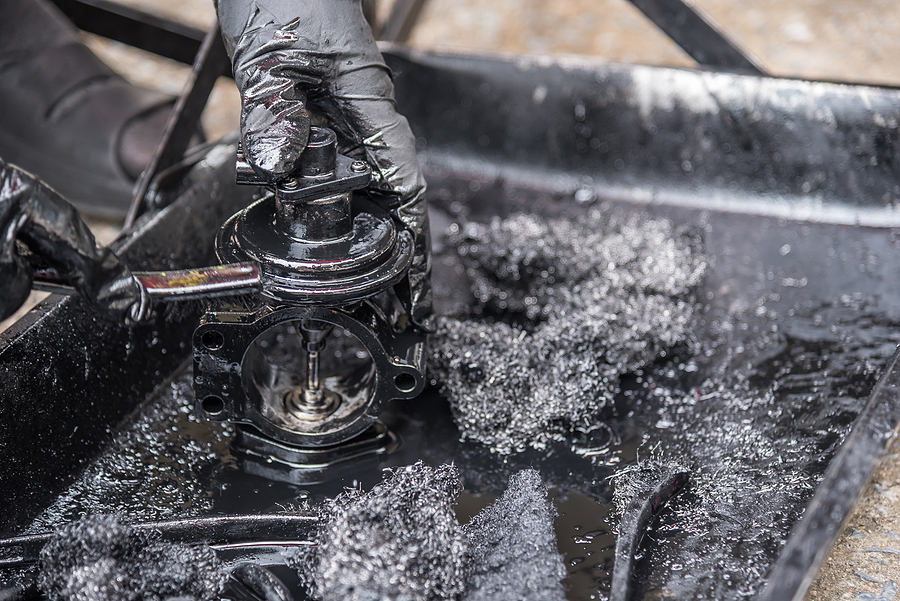Your car’s dashboard is more than just a speedometer and a fuel gauge. It’s the central communication hub for your vehicle. Those little symbols that light up are your car’s way of telling you something important. Ignoring these dashboard warning lights can lead to expensive repairs or, even worse, compromise your safety on the road.
Understanding these signals is a crucial part of responsible car ownership. This guide will walk you through the most common car warning lights, explain what their colors mean, and provide actionable steps you can take. Knowing what to do when a light comes on can save you time, money, and give you peace of mind behind the wheel.

Decoding the Colors of Your Dashboard
Dashboard lights use a color-coded system, similar to a traffic light, to communicate the urgency of the issue.
Red: A red warning light signals a serious problem that requires your immediate attention. If you see a red light, it’s best to pull over safely as soon as possible and investigate the cause. Driving with a critical red light on can lead to severe vehicle damage or a safety hazard.
Yellow/Amber: A yellow or amber light indicates a potential issue that needs to be addressed soon. While it might not require an immediate stop, you shouldn’t ignore it. Think of it as a “check soon” notification.
Green/Blue: These lights are typically informational. They indicate that a particular system, like your headlights or cruise control, is active and working as intended. No action is needed.
A flashing light, regardless of color, usually signifies a more urgent problem than a solid one. For example, a flashing “Check Engine Light” often indicates a severe engine misfire that could damage your catalytic converter.
Critical Warning Lights: Must Act Immediately
These red lights signal a problem that could cause serious damage or pose a safety risk. Stop your vehicle as soon as it is safe to do so.
Oil Pressure Light
This light, which looks like an old-fashioned oil can, indicates a loss of oil pressure. This is one of the most serious warnings your car can give. Oil is essential for lubricating your engine’s moving parts, and without proper pressure, your engine can quickly suffer catastrophic damage.
What to do:
Pull over and turn off the engine immediately. Check your oil level using the dipstick. If the level is low, adding more oil might solve the problem temporarily, but you should still have the system checked for leaks. If the oil level is fine, the issue could be a faulty oil pump or sensor, and you should have your vehicle towed to a mechanic.
Engine Temperature Light
Shaped like a thermometer dipped in liquid, this light warns you that your engine is overheating. This can be caused by low coolant levels, a malfunctioning cooling fan, or a leak in the cooling system. An overheating engine can lead to a cracked engine block or a blown head gasket—both are very expensive repairs.
What to do:
Pull over and shut off the engine. Let it cool down for at least 15-20 minutes before attempting to open the hood to avoid burns. Check the coolant reservoir. If it’s low, you can add more coolant once the engine has cooled. However, an overheating engine often signals an underlying problem that requires professional diagnosis.
Junk an Old, Broken Down Car for Cash! ✨
Urgent Warning Lights: Address Promptly
These yellow or amber lights indicate a problem that needs attention but may not require you to stop immediately.
Check Engine Light
This light can signal anything from a loose gas cap to a serious engine problem. It’s one of the most common car warning lights.
What to do:
- First, ensure your gas cap is tightened securely. A loose cap can trigger this light.
- Note any changes in your car’s performance, like rough idling or reduced power.
- If the light is flashing, pull over and call for a tow. A flashing light indicates a severe misfire.
- If the light is solid, you can continue driving but should get it checked by a mechanic as soon as possible. An OBD-II scanner can help identify the specific problem.
Battery Light
The battery light indicates an issue with the vehicle’s charging system, not necessarily the battery itself. The problem could be a failing alternator, a damaged battery cable, or a worn-out serpentine belt.
What to do:
- Turn off non-essential electronics like the radio and air conditioning to conserve battery power.
- Head straight to a mechanic or an auto parts store. Your car is running on battery power alone, which won’t last long.
- Check that the battery terminals are clean and tight.
Brake System Light
This light could mean your parking brake is on. If it stays on after you’ve released the brake, it could signal low brake fluid or a more serious issue with the brake system.
What to do
First, double-check that your parking brake is fully disengaged. If the light remains on, have your brake system inspected by a professional immediately. Brake issues are a major safety concern.
Power Steering Light
This light, often an exclamation point next to a steering wheel, indicates a problem with the power steering system. You might find the steering wheel becomes very difficult to turn.
What to do:
Check the power steering fluid level and top it off if it’s low. If the fluid level is fine, or if steering remains difficult, you need professional service. Driving without power steering is possible but challenging, especially at low speeds.
Informational and System Lights
These lights are usually not a cause for panic but provide important information.
- Tire Pressure Monitoring System (TPMS): This light means the pressure in one or more of your tires is too low. Check your tire pressure and inflate them to the recommended PSI.
- Anti-lock Brake System (ABS): This indicates a problem with the ABS. Your regular brakes will still work, but the anti-lock feature will not. Get it checked soon.
- Traction Control Light: This light will flash when the traction control system is actively helping you maintain grip on a slippery road. If it stays on, it indicates a fault in the system.
- Airbag Light: This light means there’s a fault in the airbag system. It requires immediate attention, as your airbags may not deploy in an accident.
- Low Fuel Indicator: This one is straightforward—you’re running low on gas and should find a station soon.
DIY Diagnosis with an OBD-II Scanner
For those who want to take a more hands-on approach, an On-Board Diagnostics (OBD-II) scanner is a valuable tool. Since 1996, all cars have been equipped with an OBD-II port, usually located under the dashboard on the driver’s side.
How it works:
When the Check Engine Light comes on, the car’s computer stores a Diagnostic Trouble Code (DTC) that corresponds to a specific problem. An OBD-II scanner reads this code.
How to use it:
Simply plug the scanner into the port, turn the ignition to the “On” position, and follow the scanner’s instructions to retrieve the code. You can then look up the code’s meaning online or in the scanner’s manual.
Limitations:
A scanner tells you what system is failing, but not necessarily why. For example, a code might indicate an oxygen sensor failure, but the root cause could be a vacuum leak. It’s a great starting point, but complex issues still require a mechanic’s expertise.
Preventive Maintenance: The Best Fix
The most effective way to deal with dashboard warning lights is to prevent them from coming on in the first place. Regular maintenance is key.
- Check fluids regularly: This includes engine oil, coolant, brake fluid, and power steering fluid.
- Monitor tire pressure: Check your tire pressure monthly.
- Follow your service schedule: Adhere to your manufacturer’s recommendations for oil changes, brake inspections, and tire rotations.
- Inspect wipers and lights: Ensure all lights are working and your wipers provide a clear view.
Drive with Confidence
Your car’s dashboard lights are designed to keep you safe and your vehicle running smoothly. By understanding what they mean and taking prompt action, you can address small issues before they become major problems. Paying attention to these warnings ensures your car remains reliable and safe for every journey.
For more helpful guides on vehicle care, read more of our car care blogs and empower yourself with knowledge. Got a scrap car or junk auto parts to sell? We pay cash on the spot, so call today to get your free offer!
Related Post: What Your Car’s Dashboard Lights Mean and Why You Should Care









